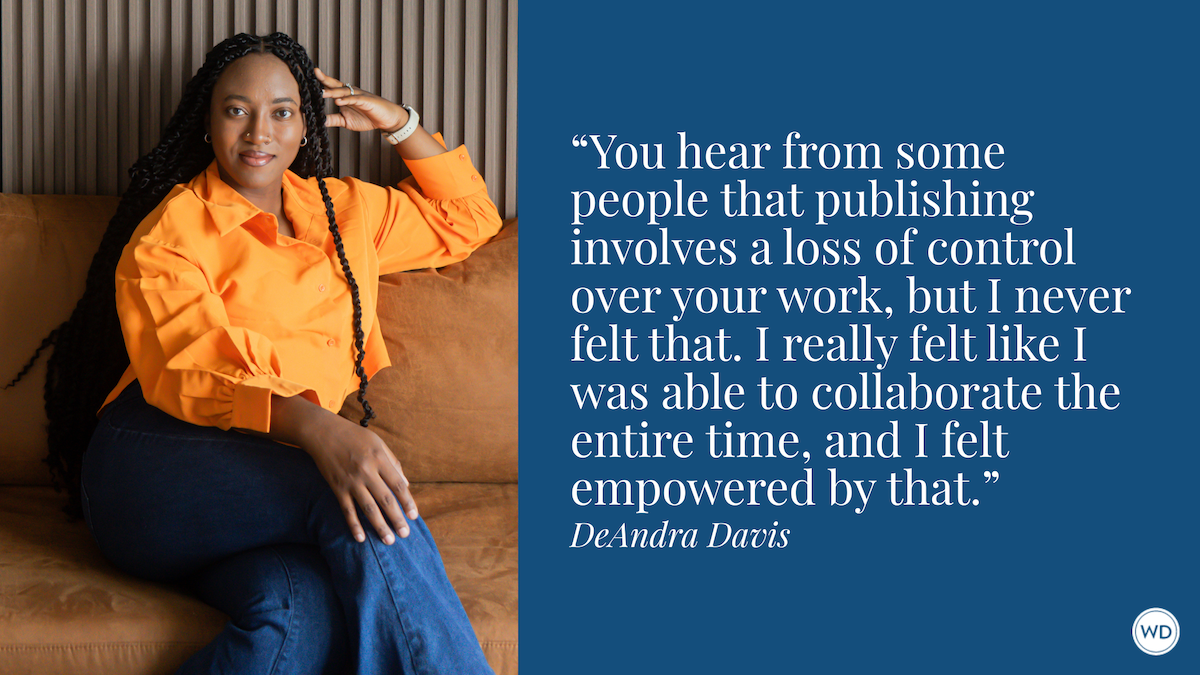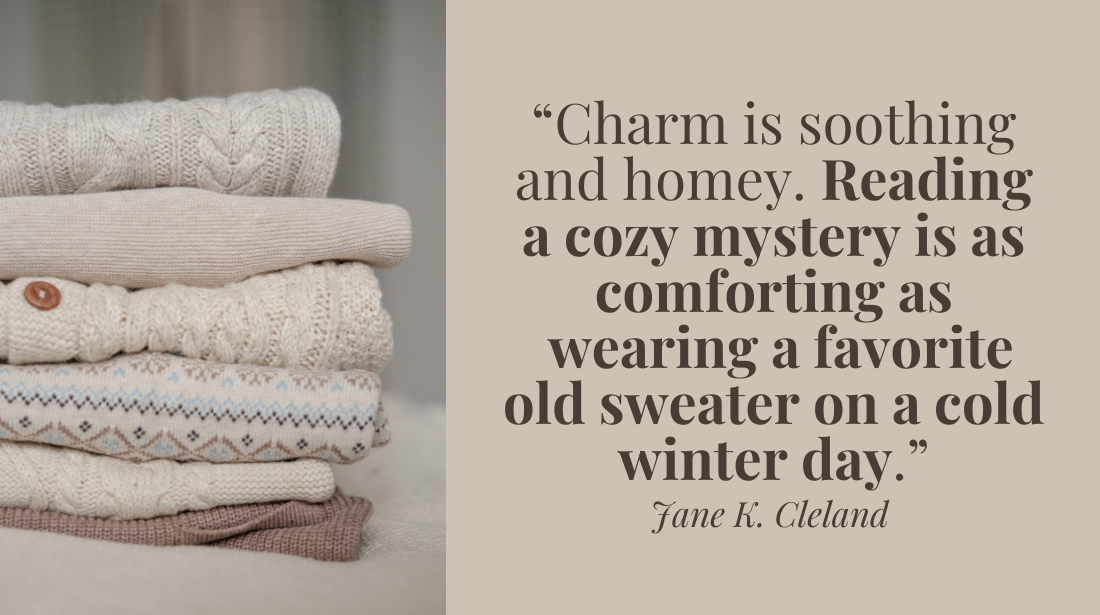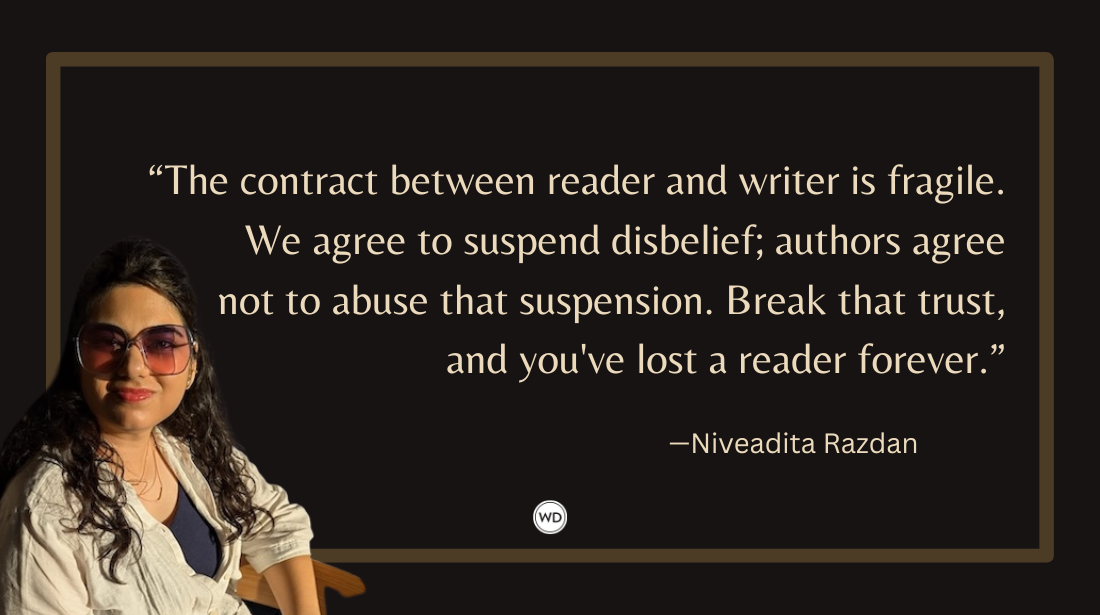From YA to YEAH: 4 Ways to Keep Teen & Young Adult Readers Hooked
Many YA authors are adults, which means the generation gap between these writers and their intended audience can make it easy to miss the mark. Teen writer (and avid reader) Lorena Koppel lays out four ways to make sure your YA novel meets young audiences’ expectations and interests.
When the plot, characters, or relationships in YA novels seem unrealistic, two-dimensional, or overused, teenage readers can get frustrated. From a high-school freshman who loves reading and is in the revision process of a fantasy novel, here are four considerations you need to take into account in order to keep YA readers’ eyes trained on the page.
4 Ways to Keep Teen & Young Adult Readers Hooked
1. Recognize That Dialogue Is Not Standardized
Dialogue has the power to connect readers to your characters. Remember that there is no universal way of speaking at any age, and speech changes heavily based on cultural identity and background.
“Slang” itself evolves too quickly to capture in a book. Adult writers often misuse/overuse colloquialisms in YA fiction—especially “whatever,” which we really don’t ever say. Sorry!
Groups of friends create their own sayings, references and inside jokes based on shared experiences, so have characters laugh about those instead of this week’s internet fad. Bonus: This will make friendships seem more real. But it has to be organic, and make sure not to overdo it!
Recognize and utilize “codeswitching.” The extent to which a character changes how they present themselves in different settings is an important aspect of their characterization. For example, someone who speaks in a formal tone with their best friends, or someone who walks into class and asks the teacher, “What’s popping?”—those characters stand out. Try putting your characters in varying social situations to allow readers to truly understand them.
2. Connect to Real Issues
While it may seem easier to craft socially aware fiction in a realistic setting, it’s just as achievable and interesting in imaginative fiction. In order to achieve this sort of commentary in speculative fiction, play with the world-building: Create scenarios that mirror political and social statements, or historical or contemporary events.
For example, Neal Shusterman’s books are very popular among teens and have won multiple awards, in part because his writing is so provocative in terms of blurring the lines of right and wrong. He uses futuristic settings and scenarios to take current debates or issues to the extremes, exploring issues like artificial intelligence as a government, gun control, the morality of immortality, and population control.
Most teens and young adults are interested in politics or philosophy, so don’t omit them for fear that teenage readers will fail to catch on.
3. Don’t Let Romance Overthrow the Plot
When a pairing is realistic, adds to the development of a character, or features an interesting contrast of personalities, romance can be a great addition to the story.
However, in novels that aren’t specifically romance novels, ensure that relationships don’t overthrow the plot, or occur at times that are too random or desolate for it to make sense. Because really, no one wants to read a kiss scene while the main characters are being abducted by aliens or some other action-packed event unless the characters are parting forever.
The “strong female lead” in a story should never be classifiable as only the “love interest.” Both people in a relationship must be portrayed as individuals for the couple to be interesting.
4. Stop with the Stereotypical Characters
In too many YA novels, characters fit perfectly into the same categories and enforce the same stereotypes without any depth. Characters should not be defined by a single interest or trait. Being good at sports, or art, or music or theatre, or even being “popular” or “unpopular,” does not predetermine how a character acts and thinks.
Whatever you do, don’t make teenage protagonists completely clueless or immature. It makes the whole story frustrating to read, and it’s pretty offensive to know that a writer perceives teenagers that way.
In addition, adventure stories (or any story that is not solely a romance novel) with dynamic LGBTQIA+ characters are greatly appreciated by many.
Challenge expectations. Contradictory and surprising characters, including villains, are among the most loved in literary and pop culture communities. Why should the “pretty girl” be demonized or written off as unintelligent or mean every time? Those stereotypes can be harmful to people—like the pretty girls—who display those traits in reality. Break boundaries, change our perceptions, and take risks.
Ren Koppel Torres has adored fantasy books since the dawn of time and published The Shadow in Her Pocket, a fantasy novel, at 16 years old. Ren was born in New York City in a Jewish-Mexican-American family and now lives in Austin, Texas. Ren is passionate about promoting more diverse voices in the arts and advocating for child literacy. Ren is also a freelance writer, a visual artist, a guitarist in a rock band, a succulent aficionado, and a high school student. Find Ren at @KoppelTorres on Twitter and KoppelTorres.com.








